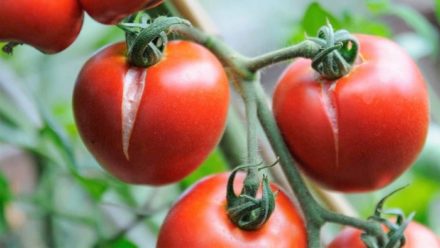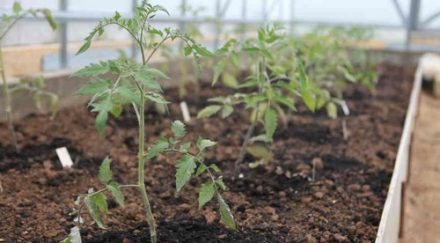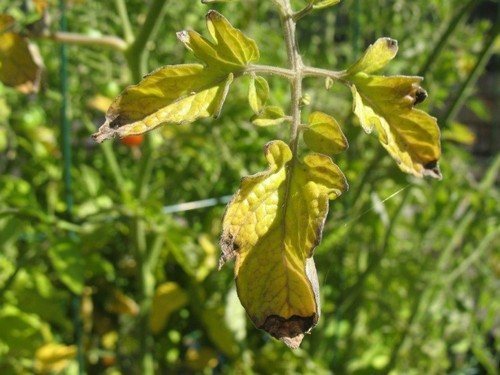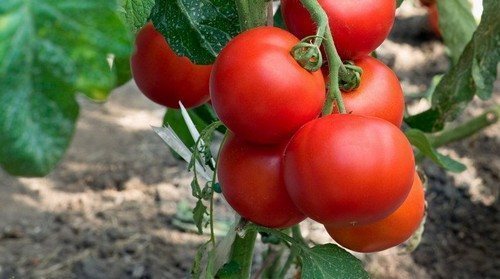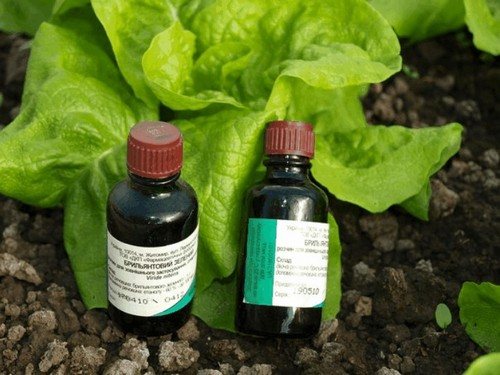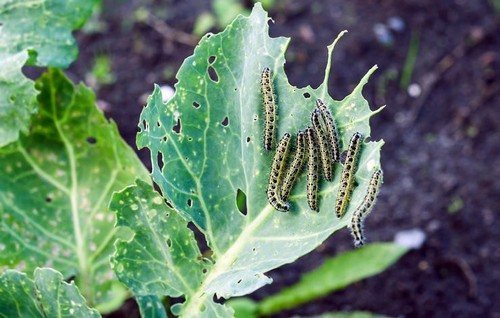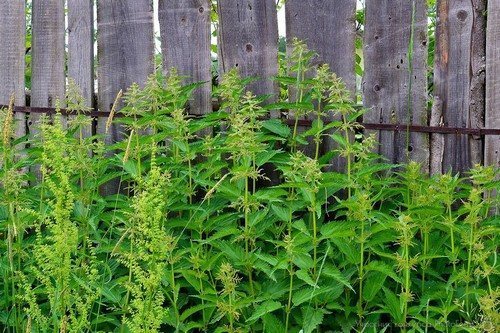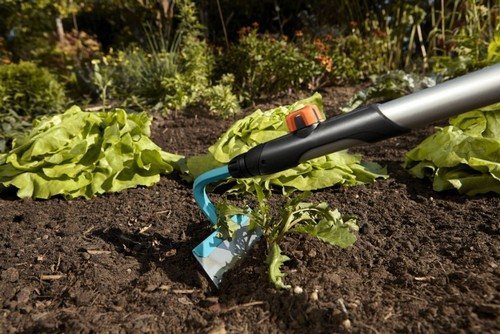Growing tomatoes in a greenhouse and getting good yields is becoming more and more difficult every year. The main reason is the abnormally high temperatures of the summer months, which have been observed in central Russia and Siberia recently.
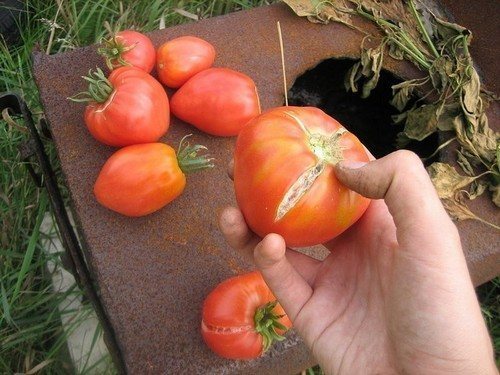
Due to the unprecedented heat in the summer, the temperature in the greenhouse reaches 50 degrees. To make life easier for his green pets in such heat and to get high-quality fruits, the summer resident needs to be on the site every day - water and ventilate the greenhouse. But not everyone has this opportunity, and the soil under the bushes dries out. At the first opportunity, the gardener tries to water the beds well - and as a result he gets cracked tomato fruits.
Mostly green tomato fruits with thin, delicate skin and pulp are susceptible to this scourge. In the best case, the damaged tissue of the fruit may dry out and the fruit will ripen, but it will lose its presentation and will not be stored. In the worst case scenario, which is what happens most often, cracked tomatoes begin to deteriorate due to infection.
The main reason for cracks in fruits lies precisely in a sudden change in soil moisture, in abundant watering after drying out. You can follow the ideal regime of fertilizing and bush formation, but they do not prevent this problem. To prevent tomatoes from cracking green and red on the bushes, you should pay attention to 5 important points.
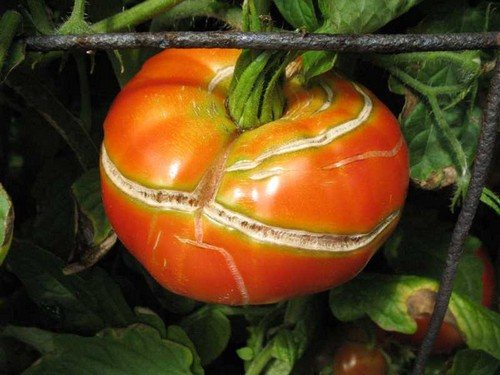
Choose tomatoes that are resistant to cracking
Breeders are constantly developing new varieties and hybrids of vegetable crops that create a minimum of problems for summer residents and vegetable growers. Genetically resistant to cracking tomatoes have been invented, which, even in unfavorable conditions, are less susceptible to this non-infectious disease.
Well-known seed manufacturers sell many good varieties of tomatoes that do not crack.
Greenhouse hybrids of tomatoes that are relatively hardy to unfavorable conditions and resistant to cracking from the professional breeding company Gavrish include:
Alcazar, Amore, Hussarsky, La-la-fa, Malibu, Origami, Rosaletta, Rosario, Rosemax.
These hybrids have fairly thick, but not rough, skin and dense flesh.
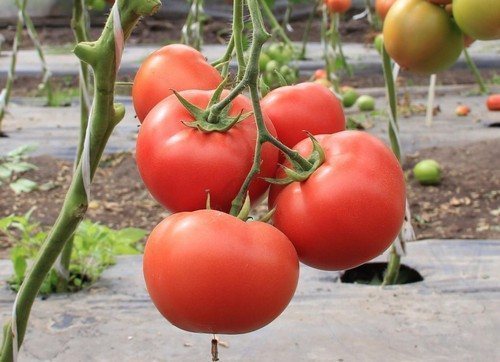
Good soil
To avoid cracking of tomatoes in a greenhouse, you need soil with good moisture holding capacity. This is a quality that allows water to be retained in the soil and prevents the soil layer in the area of plant roots from drying out quickly.
The soil with a dusty structure dries very intensively; it floats when watered, and when it dries, it becomes covered with a crust. Sandy soil does not retain water; in this case, the moisture will go deeper and the root system will dry out.
Clay soils, on the contrary, are very dense, water stagnates in them and plant roots begin to rot because there is no air access to them. Therefore, you need to evaluate your soil and adjust its properties by adding the necessary components.
Add to clay soil per 1 sq. m. a bucket of peat, sawdust and humus. If the ridges are peaty, their structure is improved by adding humus, turf soil, sawdust, and coarse sand.To grow tomatoes in sandy soil, you need to add turf and clay soil, humus, and peat.

Regular watering is good. But what to do if you can’t water on time?
Since the main reason for cracking tomatoes is a “shock” dosage of water after its complete absence in the soil, make every effort to maintain maximum moisture in the beds.
According to agricultural technology, greenhouse plants should be watered moderately after planting seedlings and watering should be increased as the bushes grow. At first, it is enough to water with one 10-liter watering can at the root of 3 tomato bushes once every 5 days. From the beginning of flowering, watering is increased to 10-15 liters per 1 square meter. m., watering once every three days.
We must strive for abundant regular watering and prevent the soil from drying out. Daily surface watering is not suitable for tomatoes because they do not like high air humidity. Volumetric, infrequent watering helps wet the bed to its full depth. This stimulates the roots to grow deeper, and over time, the tomatoes in the greenhouse themselves obtain moisture from the soil below the level of the bed and become less sensitive to the moisture of the top layer of soil.
Mulching will help keep the water in the greenhouse bed at the level required for tomatoes and prevent drying out. Sawdust, paper, cardboard, humus and just dry soil, sprinkled in a layer of 3-5 cm, are suitable for this. Mulched soil will not dry out or crack. In addition, the root zone does not overheat under the mulch layer.
Drip irrigation is ideal for greenhouses. But it is not available to everyone.
Inventive gardeners have come up with this way of watering the beds in the heat, when it is not possible to come to the dacha often. Take plastic 3-5 liter bottles without corks and bury one quarter of the way into the beds of the greenhouse between the bushes, neck down. A small hole is cut in the bottom of the bottle and water is poured in. This way, slow watering occurs and the soil does not dry out.
If, after all, the bed is dry, then there is no need to pour a barrel into it at one time. Water the beds several times, waiting until the water is completely absorbed. It is better to take intervals of a couple of hours. Then the water will gradually flow into the plant tissue, and the risk of fruit cracking will decrease.
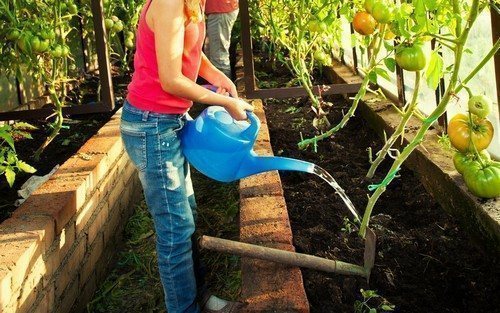
Reducing the temperature in the greenhouse during hot weather
When the heat is very strong, the skin of tomatoes becomes rough and tough, it loses its elasticity and breaks easily. Therefore, it is important to mitigate the “heat stroke” in the greenhouse by any means.
- Ventilation - leave the doors and vents of the greenhouse open;
- Shading - pour lime solution onto the roof and walls of the building on the south side, this will help prevent sunburn on the fruits.
- Air conditioning may not be an option for the average summer resident, but still, in order to save the harvest, it is worth considering this method. It is even possible to automatically configure the device to turn on during hot daylight hours. With such an assistant, you don’t have to worry about the tomato pollen being sterilized or them cracking due to the heat.
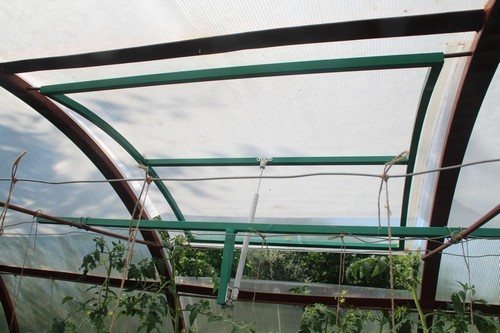
Timely harvest of fruits
Collect fruits regularly and before watering. If you harvest after the beds have been moistened, there is a risk of cracking of already harvested tomatoes.They will fill with moisture, and if they are stacked on top of each other in a bucket, they may simply burst under their own weight.
The most delicious tomatoes ripen on the vine. But you need to be guided by the situation. If it is expected to be hot and it is not possible to visit the dacha for watering, it is better to collect tomatoes that have just begun to ripen or even large green fruits. They will ripen in any case, but they will definitely not crack.


